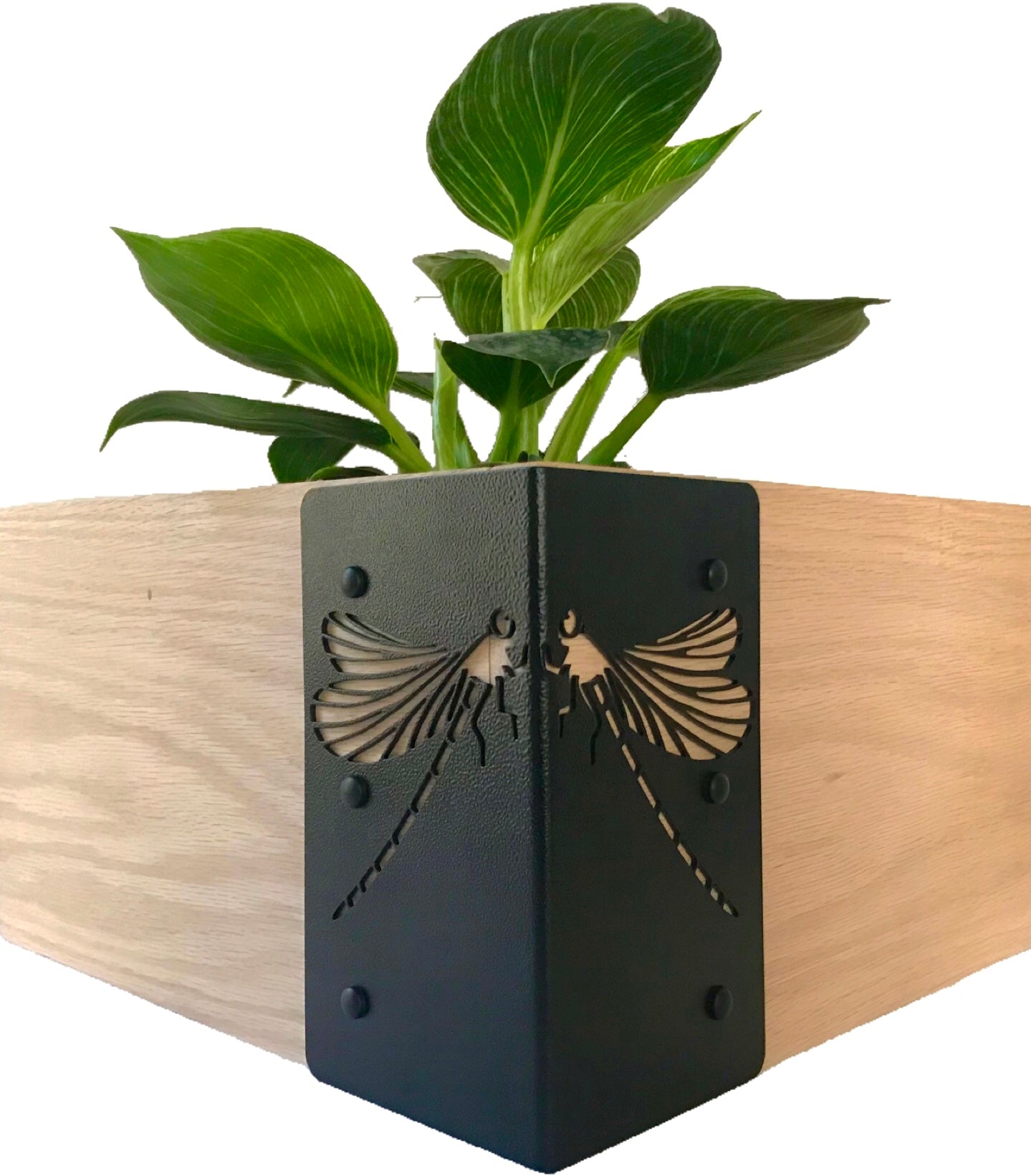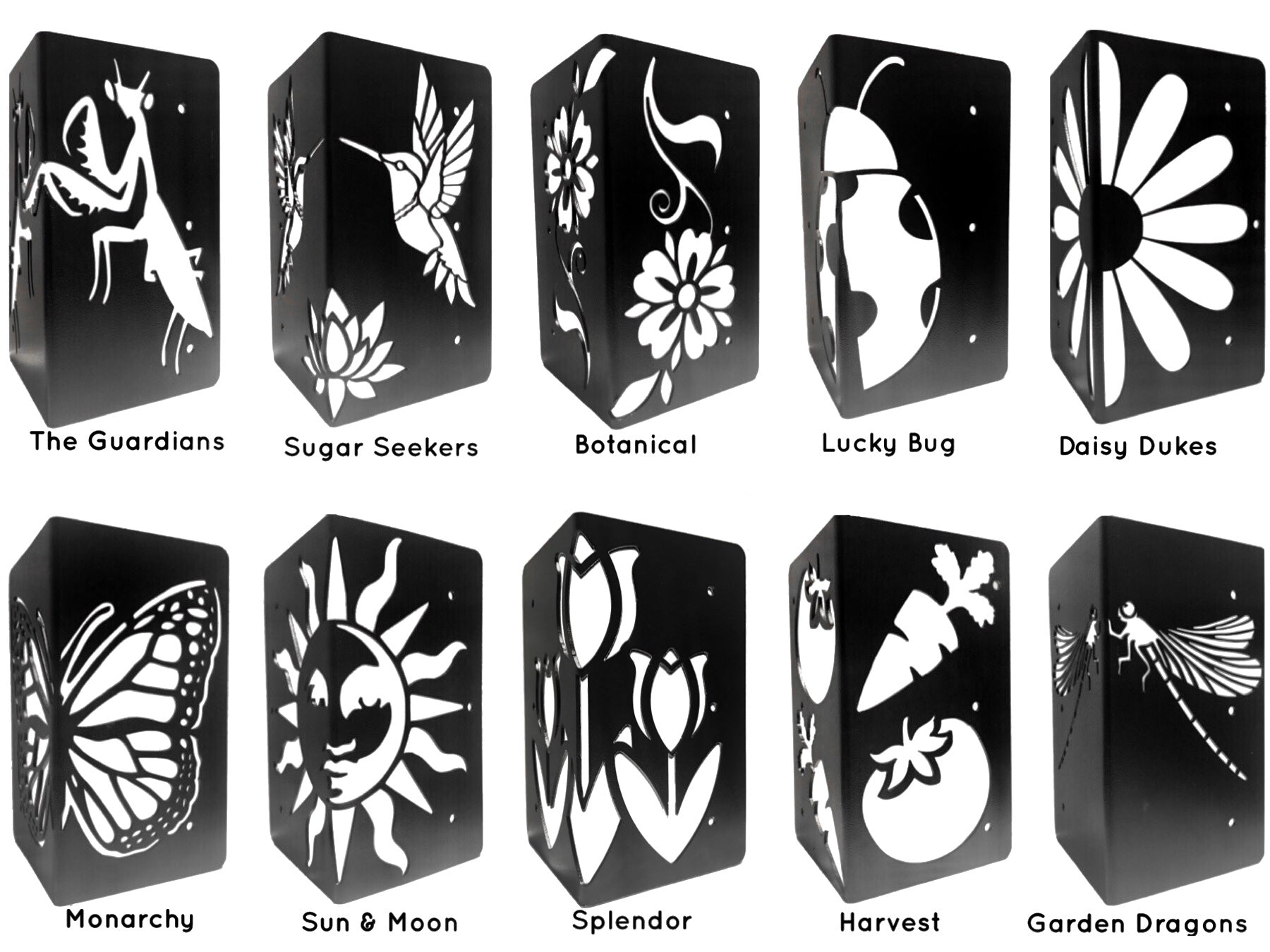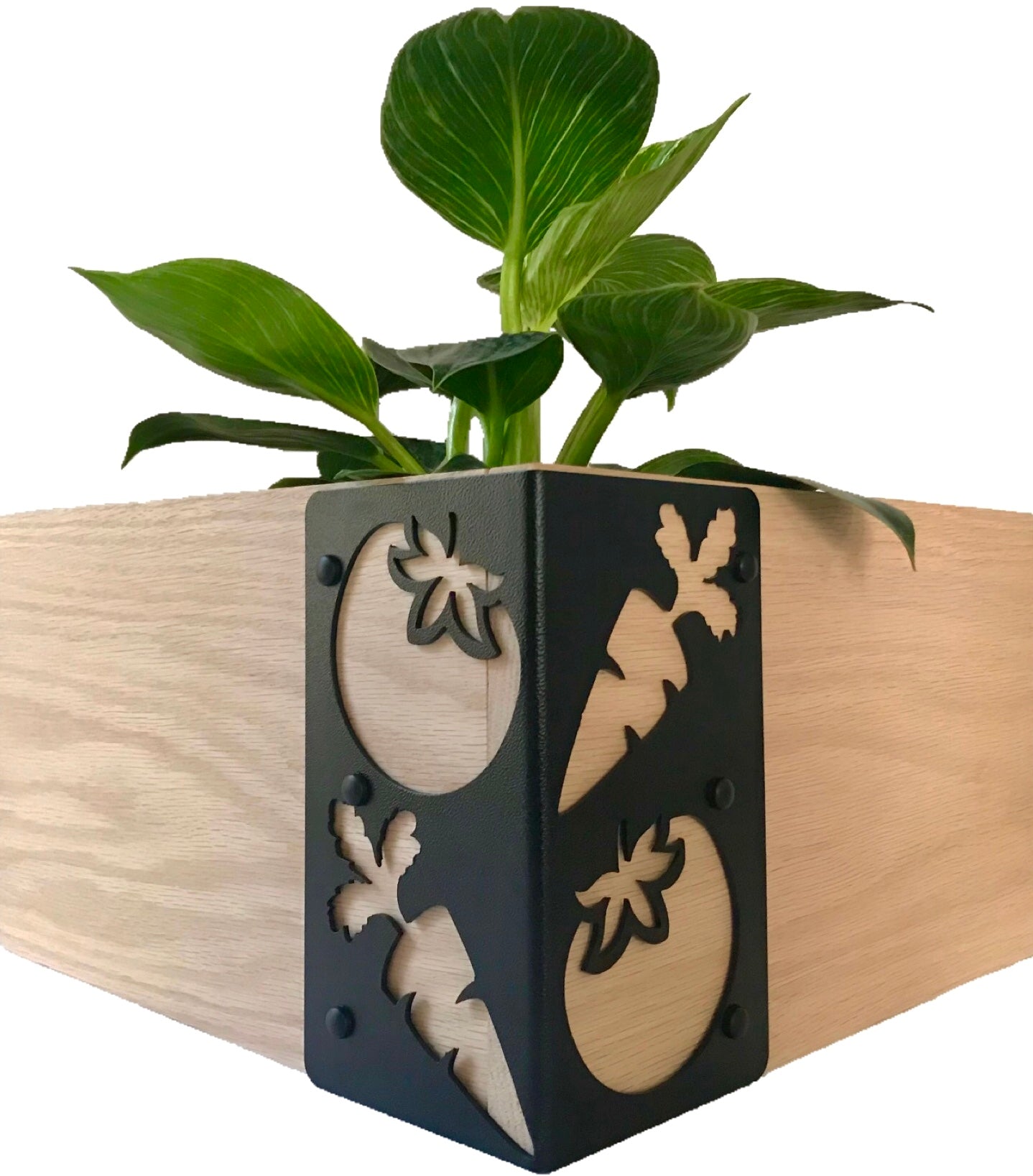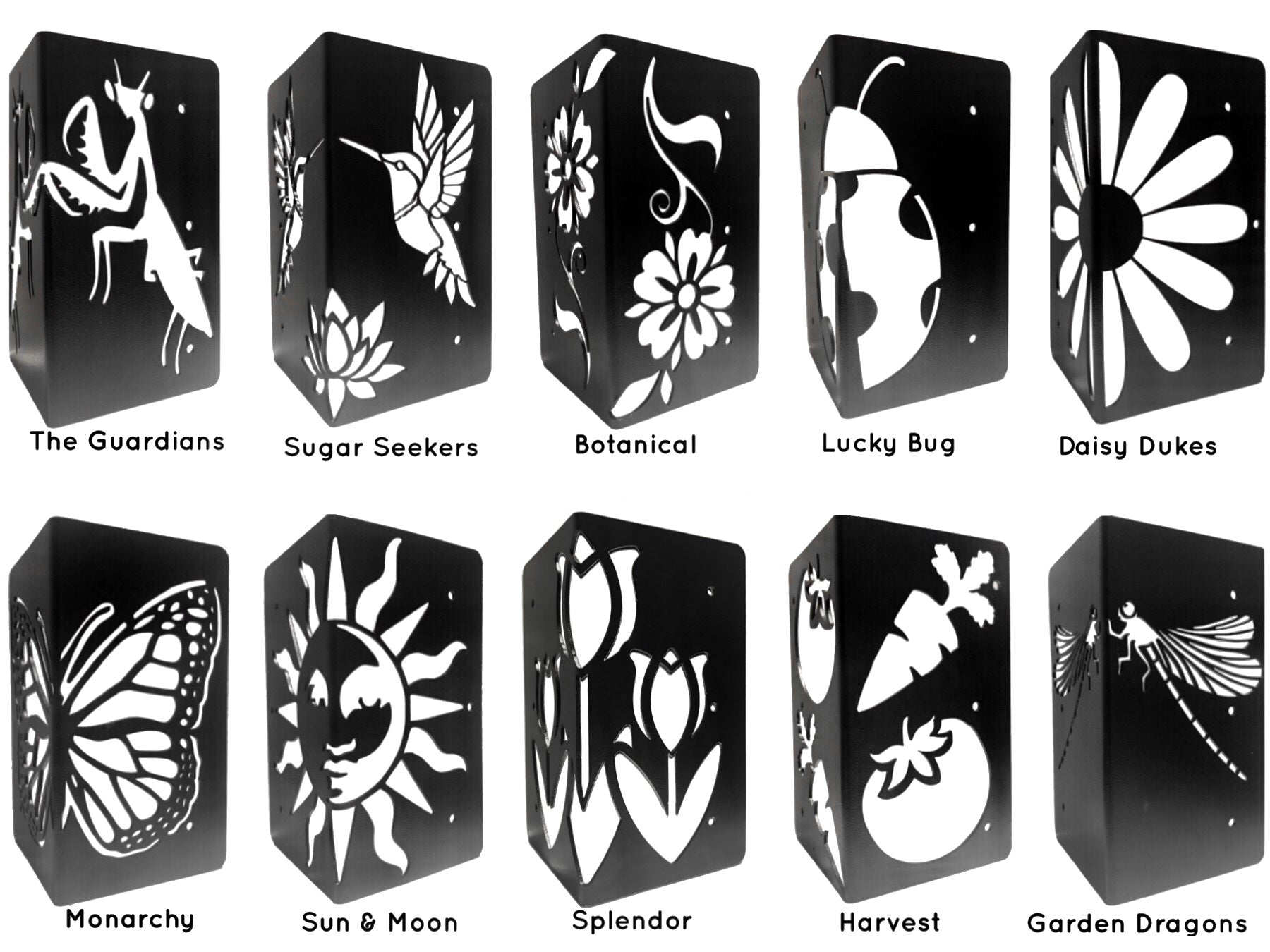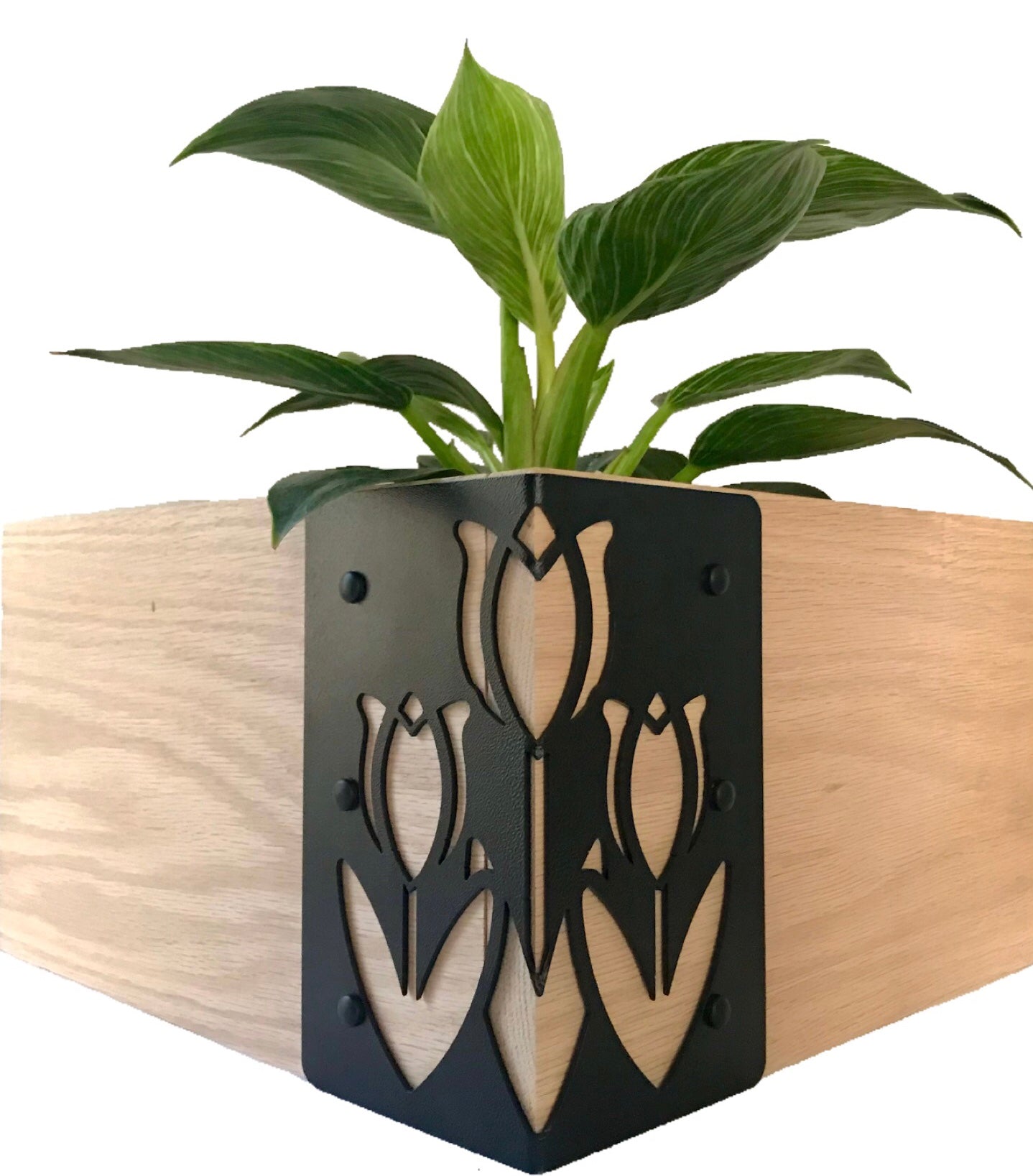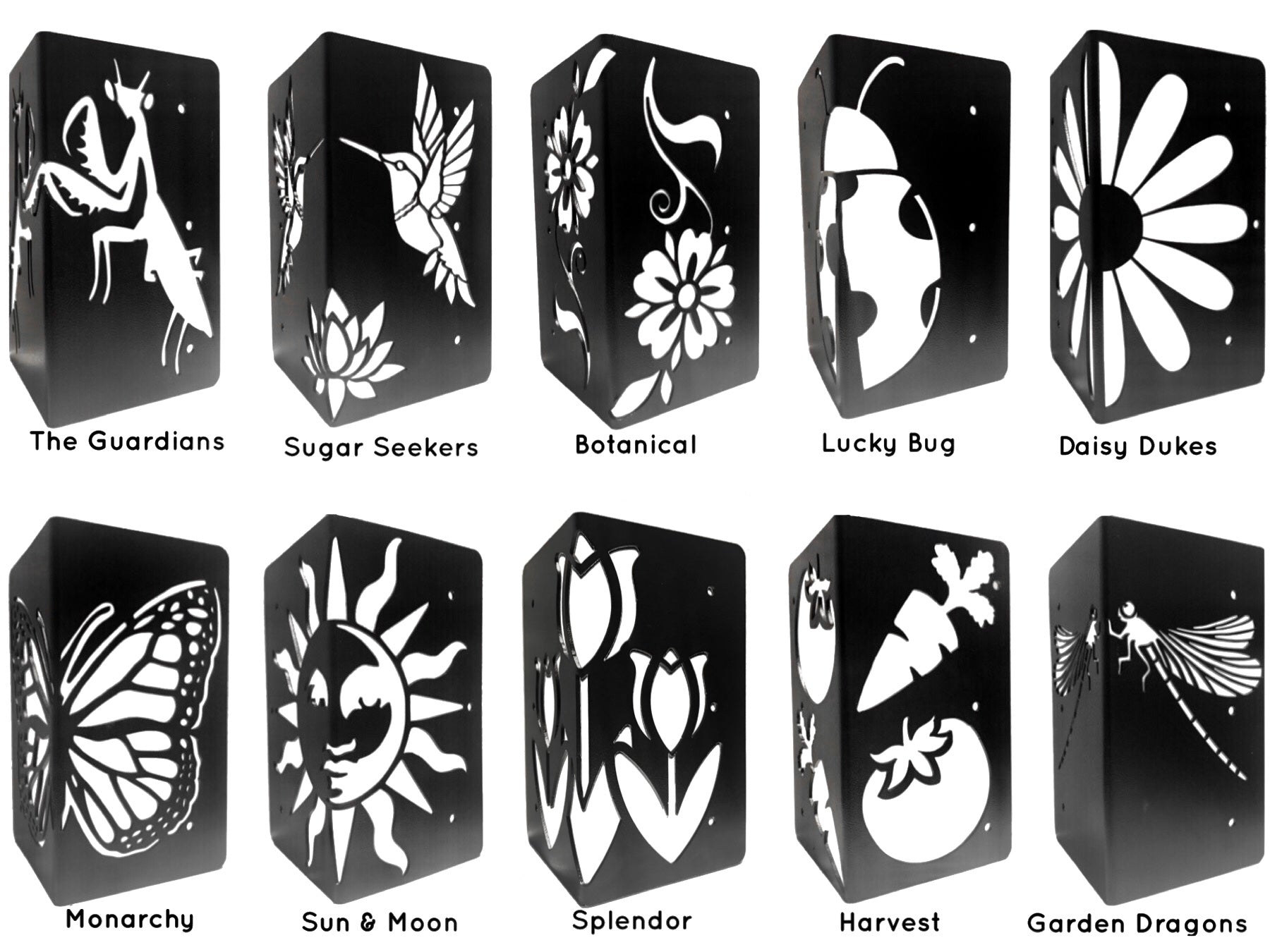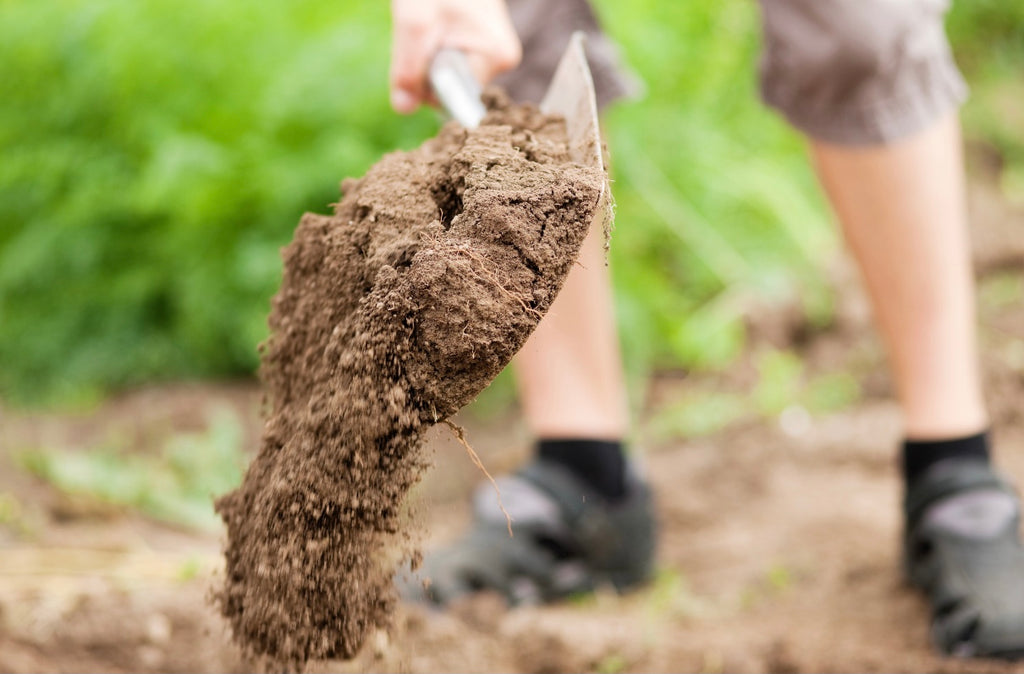
Do I need to work the soil underneath the bed before i fill it?

Having raised garden beds are an excellent option for almost any gardening situation, especially if you have a small yard. Raised garden beds are usually more productive than in-ground beds because they have better drainage, less compacted soil, and warms earlier in the spring, helping plants grow earlier in the season. They're a great option for people with limited mobility and generally face low weed competition. The only problem with having a raised garden bed is their initial high cost and frequent irrigation needs. Those problems aside, a raised garden bed is a great choice for anyone interested in vegetable gardening.
But the real question that arises when preparing your raised garden bed is that, Is it really necessary to prepare the soil underneath the bed? Let's have a look at the available options:
Preparation of the Site:
No-dig above-ground method
Some gardeners will cut, mow and roll up the turf. But others believe that it's completely unnecessary to clear the ground as the soil helps block out the weeds and grass beneath. The founder of the "No-Dig" method, Charles Dowding, has had great success with just four to six inches of organic matter onto layers of cardboard over grass, producing a high yield of the crop in the first year of a new raised bed. He believes that the process of digging brings out the hidden seeds of weeds and grass to the soil surface, causing more weed problems. It also hastens nutrients loss, and your plant will need more nutrients more often. Digging soil underneath a raised bed destroys the complex structure and very fabric of soil, consequently decreasing its ability to retain moisture and drain well.
- Just mow off the grass and remove weeds that are on your raised beds' site
- Now cover the area with a layer of cardboard; it will eventually breakdown and become a part of the soil.
- Make sure to overlap the newspaper or cardboard layer by about six inches so no weeds can slip through the cracks.
- Add the growing medium like compost on the top surface of the raised bed.
Adding Compost
You can start planting soon after the preparation of your raised beds. By the time the roots of your plants reach the cardboard layer, it will have already started decomposing, and the roots will be able to penetrate deeper in search of nutrients.
The added compost on the top surface will gradually become mixed with the soil beneath through the actions of soil worms, etc. With the arrival of the new season, your raised beds will need topping up of 1 or 2 inches with fresh organic matter, which will gradually improve the fertility and health of your beds' soil. The topping added on the top surface will also improve the quality of the beds' inner soil; this means you'll be able to grow deeper rooted vegetables like root crops.
Digging below ground method:
In soils that are extremely damaged by compaction or have other issues, digging below the ground may become necessary to help build up the soil. It's a hard job to fix a compacted soil, but it's only a one-time thing. Digging below the compacted soil is crucial for deep-rooted plants, such as radish, carrots, which perform better in loosened and amended soils that allow the water and air to reach the plants' roots.
- Mark the area that you're planning to fix with a string or hose. Use a leveler to flatten the ground or create a very slight slope.
- Remove 10 inches of top layer; it may be easier to work in rows.
- Clean the surface by removing all old roots, plant debris, and small rocks.
- Dig down a few more inches with the shovel to loosen up the soil.
- Now mix the soil with organic matter like compost. Expert gardeners recommend using 25% compost of your soil in your raised garden bed.
- Then mix the soil layers by turning the top layer.
Just like in any other vegetable garden, build your raised beds in an area that receives at least 6 hours of direct sun daily. It's better to make your beds near the house or at least close to a water source to make the irrigation easy. If you're planning to create more than one raised bed, make sure to create a wide enough path for easy movement, harvest, and maintenance.


